 Welcome
Welcome
“May all be happy, may all be healed, may all be at peace and may no one ever suffer."
Albinism
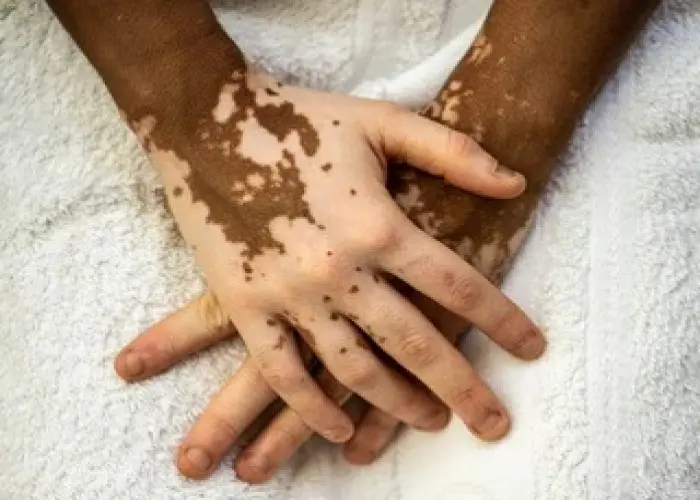
Albinism is a genetic condition that affects the production of melanin, the pigment that provides color to the skin, hair, and eyes. People with albinism have little or no melanin, which can result in a lack of pigmentation and characteristic features such as very light skin, hair, and eye color.
There are several types of albinism, each with different genetic causes and symptoms. Some of the most common types include:
- Oculocutaneous albinism (OCA), which affects the skin, hair, and eyes
- Ocular albinism (OA), which only affects the eyes
Symptoms of albinism may include:
- Light skin and hair color
- Poor eye contact
- Sensitivity to bright light and glare
- Strabismus (eye misalignment)
- Nystagmus (involuntary eye movements)
- Reduced visual acuity (sharpness)
Treatment for albinism is focused on managing symptoms and preventing complications. This may include:
- Wearing protective clothing and using sunscreen to protect skin from sunburn and skin damage
- Wearing sunglasses to reduce glare and protect the eyes
- Receiving regular eye exams to monitor vision and treat any eye problems
- Receiving vision rehabilitation and special education services, as needed
While there is no cure for albinism, people with the condition can lead full and productive lives with proper care and management of their symptoms. Support groups and resources are available for individuals and families affected by albinism, and many people with albinism go on to achieve great success in a variety of fields.
Research Papers
Disease Signs and Symptoms
- Darkening skin (hyperpigmentation)
- Abnormal eye movement
- Sensitivity to light (Photophobia)
- Blurred vision of eye
- Legal blindness (vision less than 20/200) or complete blindness
Disease Causes
Albinism
Several genes provide instructions for making one of several proteins involved in the production of melanin. Melanin is produced by cells called melanocytes, which are found in your skin, hair and eyes.
Albinism is caused by a mutation in one of these genes. Different types of albinism can occur, based mainly on which gene mutation caused the disorder. The mutation may result in no melanin at all or a significantly reduced amount of melanin.
Types of albinism
Types of albinism are classified based on how they're inherited and on the gene that is affected.
- Oculocutaneous albinism (OCA), the most common type, means a person inherited two copies of a mutated gene — one from each parent (autosomal recessive inheritance). It's the result of a mutation in one of seven genes, labeled from OCA1 to OCA7. OCA causes decreased pigment in the skin, hair and eyes, as well as vision problems. The amount of pigment varies by type, and the resulting color of skin, hair and eyes also varies by and within types.
- Ocular albinism is mainly limited to the eyes, causing vision problems. The most common form is type 1, inherited by a gene mutation on the X chromosome. X-linked ocular albinism can be passed on by a mother who carries one mutated X gene to her son (X-linked recessive inheritance). Ocular albinism occurs almost exclusively in males and is much less common than OCA.
- Albinism related to rare hereditary syndromes can occur. For example, Hermansky-Pudlak syndrome includes a form of OCA as well as bleeding and bruising problems and lung and bowel diseases. Chediak-Higashi syndrome includes a form of OCA as well as immune problems with recurrent infections, neurologic abnormalities and other serious issues.
Disease Prevents
Albinism
If a family member has albinism, a genetic counselor can help you understand the type of albinism and the chances of having a future child with albinism. He or she can also explain the available tests.
Disease Treatments
Because albinism is a genetic disorder, it can't be cured. Treatment focuses on getting proper eye care and monitoring skin for signs of abnormalities. Your care team may involve your primary care doctor and doctors specializing in eye care (ophthalmologist), skin care (dermatologist) and genetics.
Treatment generally includes:
- Eye care. This includes receiving an annual eye exam by an ophthalmologist and most likely wearing prescription corrective lenses. Although surgery is rarely part of treatment for eye problems related to albinism, your ophthalmologist may recommend surgery on optical muscles to minimize nystagmus. Surgery to correct strabismus may make the condition less noticeable.
- Skin care and prevention of skin cancer. This includes receiving an annual skin assessment to screen for skin cancer or lesions that can lead to cancer. An aggressive form of skin cancer called melanoma can appear as pink skin lesions.
People with Hermansky-Pudlak or Chediak-Higashi syndromes usually require regular specialized care to address medical needs and prevent complications.
Disease Diagnoses
Disease Allopathic Generics
Disease Ayurvedic Generics
Disease Homeopathic Generics
Disease yoga
Albinism and Learn More about Diseases
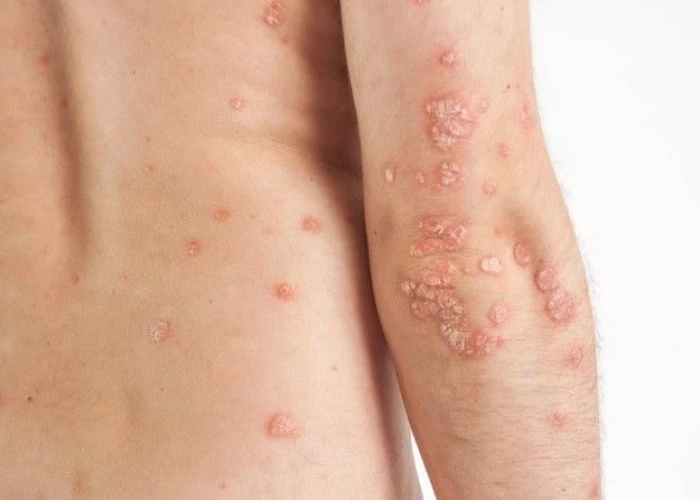
Neurodermatitis
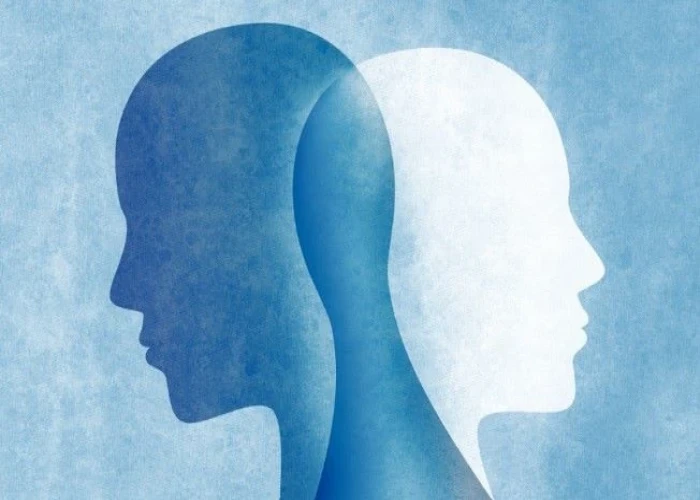
Mood disorders
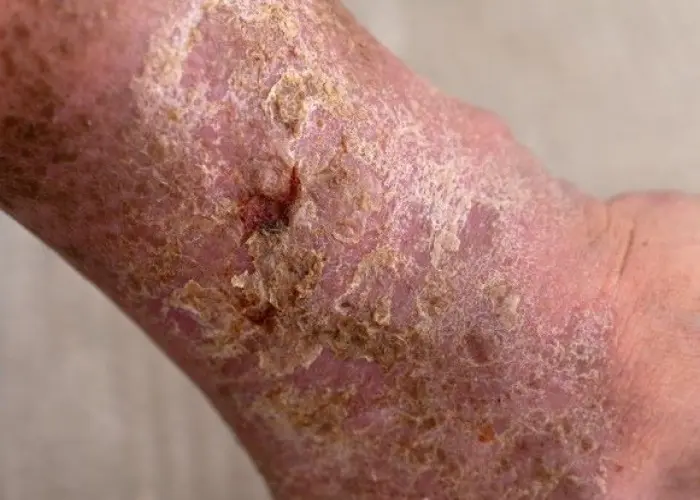
Gangrene

TEN

Stage 4 prostate cancer
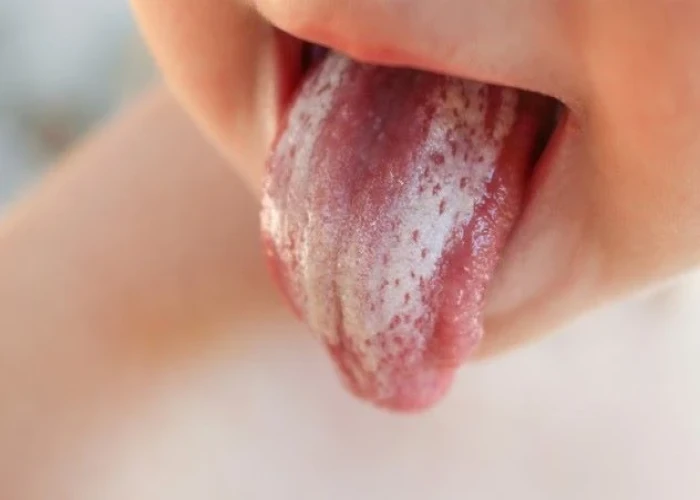
Oral thrush

Idiopathic hypersomnia

Sweet's syndrome
Albinism, Albino people, Albinism meaning, অ্যালবিনিজম
To be happy, beautiful, healthy, wealthy, hale and long-lived stay with DM3S.
